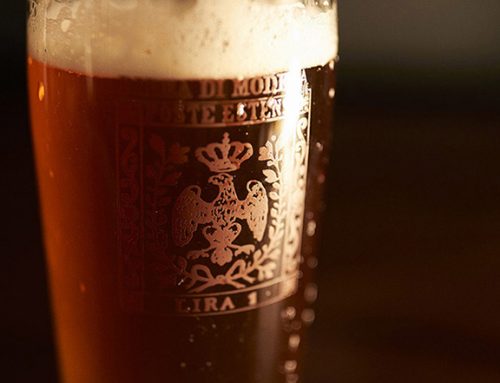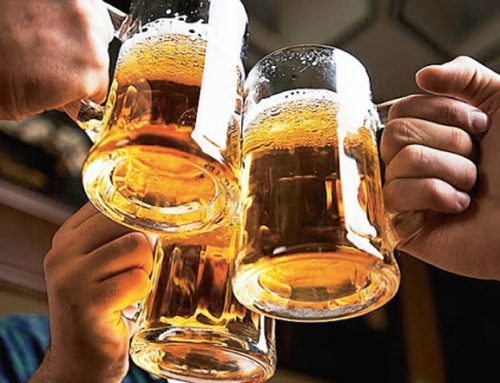When a drinker sips a beer and says, “It’s bad,” it may have different meanings. It could mean, “This beer has a taste that I don’t like, it’s too bitter, or it’s sweetish, or it’s insipid, or it’s too sour, or it doesn’t have any flavor, etc., etc.” These are comments that reflect the preferences of the drinker. De gustibus non disputandum est. It will regard a taste that this drinker does not like, but another will like.
That is very different from an “off flavor” caused by a defect in the production or conservation of a beer. Among the most common off flavors may be included metallic, stale, bitter-astringent (not just bitter, which is a question of tastes), alkaline and buttery. More picturesquely we may say of a beer that it tastes like mold, that it stinks, that it tastes like wood or even that it smells like cats. No brewer would have sought to achieve one of these gustatory effects. They are the result of a mistake.
There are certain tastes that are suitable for certain beers but not for others. A penetratingly bitter taste may go well in an aggressive ale but not in a normal lager. For an extreme example, we invite our readers to go to Leipzig to try a Gose, a top-fermented wheat beer with a taste that is very sour like lactic acid and has an aroma of citrus fruit. That does not seem a very good combination, and in fact Gose had almost disappeared only to be rediscovered in Leipzig and even to expand to certain craft breweries in the United States.
Therefore, the flavors to be examined require a clear and well developed categorization. Morton Meilgaard, a scientist specialized in this subject, sees 5 sensory categories for beer: desirable, desirable in small quantities, desirable in special beers, indifferent as long as not in excess, and always undesirable.
Industrial beers because of their well controlled production rarely have off flavors in the sense of defects and tend for commercial reasons to avoid interesting but debatable flavors. Many in fact almost lack flavor completely, while craft beers (to their credit, it is to be recognized), aim for interesting marked flavors. There is the risk that they exaggerate, and the excess of a certain flavor may ruin the taste. In craft beers the presence of strong flavors and the non-industrial level of controls, let us say, can mask off flavors, which may emerge after even brief storage.
Our beer, Birra di Modena, has retained well defined flavors of a specific regional tradition, but it is a tradition that has developed an industrial production and so offers control and constancy of its flavors.






